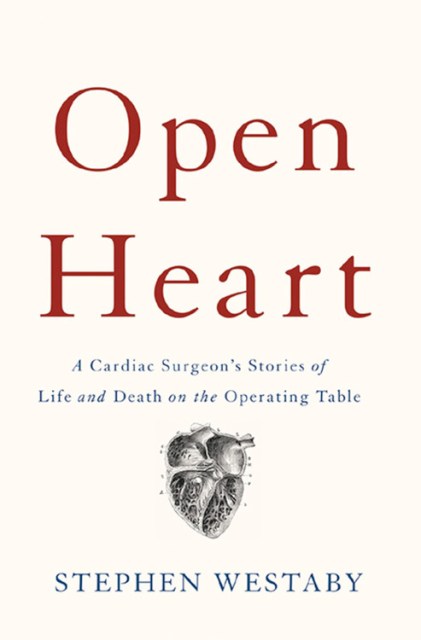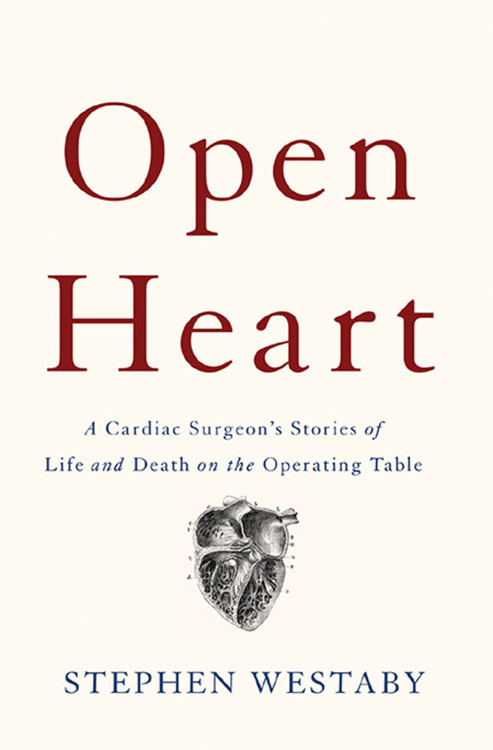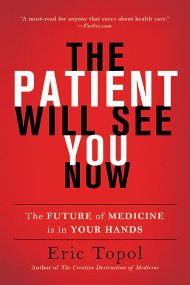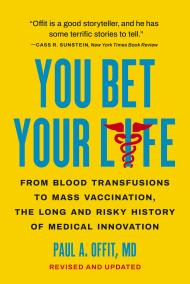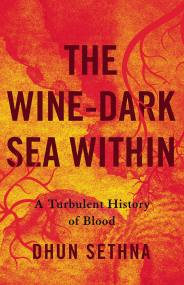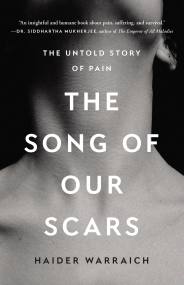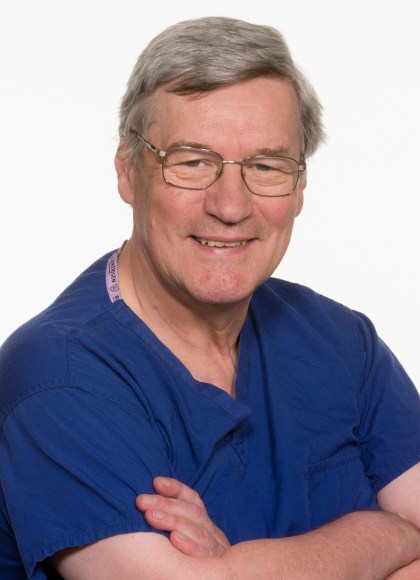Promotion
25% off sitewide. Make sure to order by 11:59am, 12/12 for holiday delivery! Code BEST25 automatically applied at checkout!
By clicking “Accept,” you agree to the use of cookies and similar technologies on your device as set forth in our Cookie Policy and our Privacy Policy. Please note that certain cookies are essential for this website to function properly and do not require user consent to be deployed.
Open Heart
A Cardiac Surgeon's Stories of Life and Death on the Operating Table
Contributors
Formats and Prices
- On Sale
- Jun 20, 2017
- Page Count
- 304 pages
- Publisher
- Basic Books
- ISBN-13
- 9780465094837
Price
$30.00Price
$38.00 CADFormat
Format:
- Hardcover $30.00 $38.00 CAD
- ebook $17.99 $22.99 CAD
- Audiobook Download (Unabridged)
This item is a preorder. Your payment method will be charged immediately, and the product is expected to ship on or around June 20, 2017. This date is subject to change due to shipping delays beyond our control.
Buy from Other Retailers:
When Stephen Westaby witnessed a patient die on the table during open-heart surgery for the first time, he was struck by the quiet, determined way the surgeons walked away. As he soon understood, this detachment is a crucial survival strategy in a profession where death is only a heartbeat away. In Open Heart, Westaby reflects on over 11,000 surgeries, showing us why the procedures have never become routine and will never be. With astonishing compassion, he recounts harrowing and sometimes hopeful stories from his operating room: we meet a pulseless man who lives with an electric heart pump, an expecting mother who refuses surgery unless the doctors let her pregnancy reach full term, and a baby who gets a heart transplant-only to die once it’s in place.
For readers of Atul Gawande’s Being Mortal and of Henry Marsh’s Do No Harm, Open Heart offers a soul-baring account of a life spent in constant confrontation with death.
Genre:
-
"In this unsentimental account, a British doctor offers gripping stories of operations and blasts the National Health Service for failing to pay for lifesaving equipment. The deaths that truly madden him are those that could have been prevented with available technologies."New York Times Book Review, Editor's Choice
-
"In Open Heart, British cardiac surgeon Stephen Westaby shares often astonishing stories of his own operating-room experiences, illuminating the science and art of his specialty through the patients whose lives he has saved and, in some cases, lost.... What makes Dr. Westaby's stories so compelling...is that he can't quite suppress his humanity."Wall Street Journal
-
"Refreshingly, Westaby does not put a positive spin on suffering or cleave to false optimism... a reminder that nationalized medicine might ease the racial and economic injustices that currently determine which people die too soon, but it wouldn't spell the end of medically preventable deaths."New York Times Book Review
-
"Westaby's highly readable Open Heart is part memoir, part how-to (perform open-heart surgery, that is) and part All Creatures Great and Small-style reflection, with stories throughout about cases he's encountered during his journey from eager medical student to seen-it-all senior physician... a heart-tugger, and a fascinating read."BookPage
-
"A cracking example of a thriving sub-genre of autobiography, the medical memoir. Anyone who enjoyed the 2014 bestseller Do No Harm by the brain surgeon Henry Marsh, a friend of Westaby's, will relish [this book], too.... Each story is gripping, written in a vivid, almost brutal way that matches the blood and gore of cardiac surgery."Financial Times
-
"[Westaby's] writing is bluff, workmanlike and thrilling... a frank and absorbing memoir by a man who has done about as much direct good to his fellow human beings as it is possible to do in one lifetime."The Times, Book of the Week
-
"British surgeon and artificial heart pioneer Stephen Westaby's Open Heart is a thrilling memoir of some of his most challenging cases.... Each case is more astonishing than the next."Shelf Awareness
-
"[A] dazzling memoir."Publishers Weekly, starred review
-
"Westaby is everything you would hope from a maverick surgical genius: authoritative, engaged, passionate and opinionated. His book, annoyingly well written for someone who has penned only medical papers and handbooks, reads like a thriller, except with rather more corpses."The Times (UK)
-
"A full-frontal and thrilling portrayal. Each story in this fascinating book brings a new nail-biting surgical adventure.... A gifted surgeon, Westaby is also a natural writer.... [Open Heart] succeeds on many levels: political battle cry, chronicle of bloody feats, history of modern cardiology, tribute to patients and paean to surgery."Daily Telegraph
-
"Dr. Westaby, a master cardiac surgeon, seamlessly assumes the role of a master storyteller, presenting a lifetime of experience that is as informative as it is riveting."Joseph S. Coselli, M.D., professor of cardiac surgery at Baylor College of Medicine, Texas Heart Institute
-
"A first-rate memoir from a British heart surgeon.... required reading for medical students and hospital-show junkies but also for anyone curious to learn about hearts and the heroic measures to save them."Kirkus Reviews, starred review
Newsletter Signup
By clicking ‘Sign Up,’ I acknowledge that I have read and agree to Hachette Book Group’s Privacy Policy and Terms of Use
